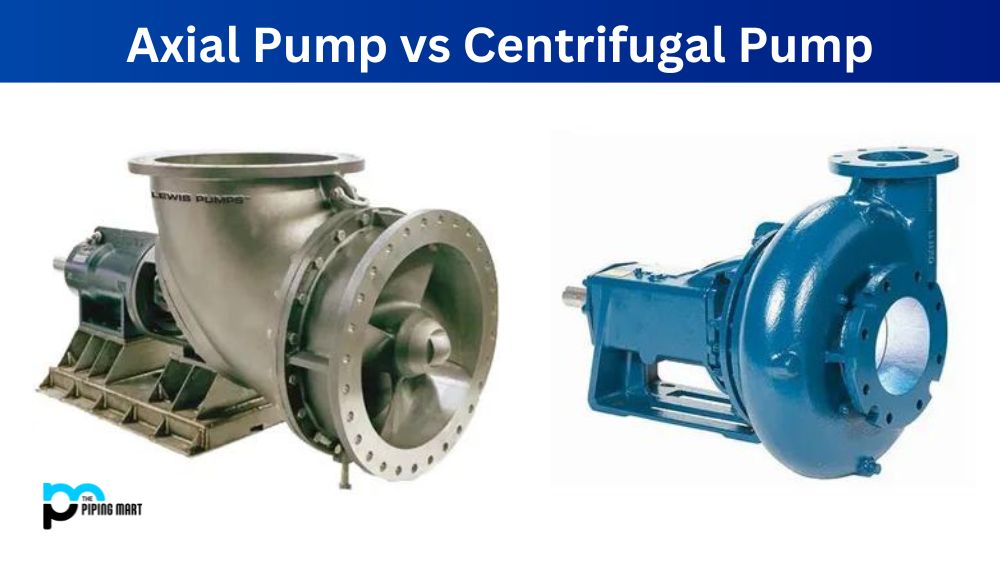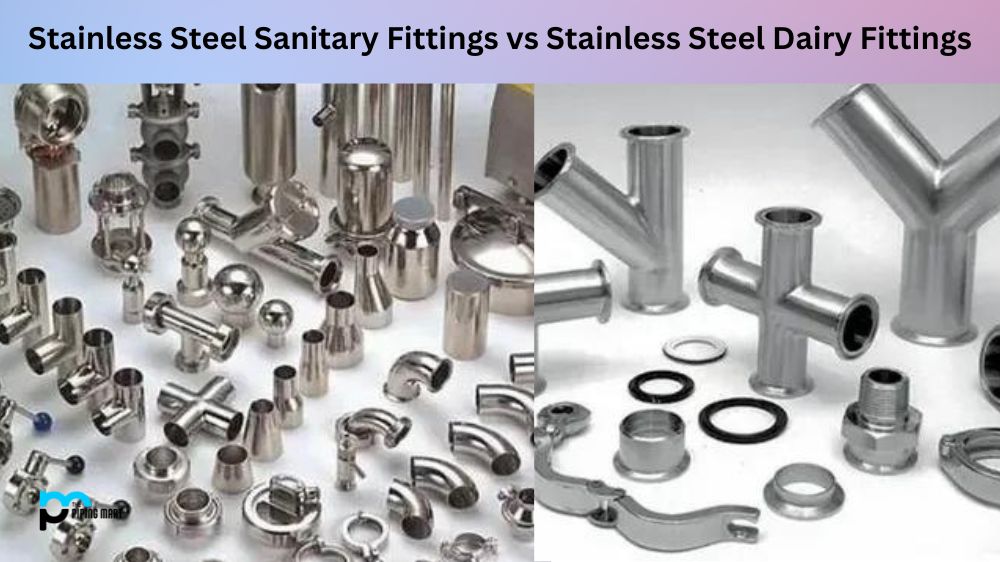Pumps are an essential tool for different industries. They are used to transport fluids from one place to another. The type of pump to be used depends on the fluid to be transported. The two types of pumps commonly used in the industry are axial and centrifugal. These pumps may look similar, but they have significant differences that affect their performance and efficiency. This blog post will compare axial and centrifugal pumps and their advantages and disadvantages.
What is Axial Pumps?
Axial pumps are pumping mechanisms that utilize an axial piston or plunger to pressurize fluid. In the simplest design, these pistons move in a circular motion as they pressurize liquid, transferring energy through rotating components such as a crankshaft and camshaft. This movement then drives an impeller, which supplies fluid power. Axial pumps are highly efficient and often used for applications where precise pressure control is necessary due to their low noise level.
What is Centrifugal Pumps?
Centrifugal pumps are a type of pump that uses centrifugal force and an impeller to move fluids. They are commonly used for pumping water, fuel, oil, and other liquids. The impellers spin quickly within the fluid-filled casing to create suction at the intake side, forcing liquid through the discharge side. These pumps are efficient and can handle high flow rates and pressures.
Difference Between Axial Pump and Centrifugal Pump
Efficiency
Axial pumps are generally more efficient than centrifugal pumps when dealing large fluid volumes. Axial pumps have a higher flow rate a larger size, and move fluid at a lower pressure than centrifugal pumps. They are ideal for large-scale applications such as irrigation and hydropower generation.
Centrifugal pumps, on the other hand, are more efficient than axial pumps when dealing with high-pressure applications. They are better suited for applications with a smaller volume of fluid, such as chemical processing and HVAC.
Demands on the Pump
Axial pumps are better suited for constant flow applications, as they can easily handle a steady flow while maintaining efficiency. They work best when they are required to move a steady water flow for an extended period.
Centrifugal pumps are ideal for intermittent applications with sudden flow and pressure changes. They can still operate efficiently, even when there are fluctuations in demand.
Maintenance and Repair
Axial pumps require less maintenance and repair than centrifugal pumps. They have fewer moving parts, and the design is simpler than centrifugal pumps. Axial pumps are less prone to wear and tear. Centrifugal pumps, on the other hand, require regular maintenance, as they have more moving parts and are more prone to wear and tear.
Cost
The cost of axial pumps is generally higher than that of centrifugal pumps. Axial pumps are more complex, and their design is more advanced than centrifugal pumps. They are also larger, which may make them more expensive to manufacture. On the other hand, Centrifugal pumps are simpler in design than axial pumps, and the cost of manufacturing them is lower.
Conclusion:
In conclusion, there are significant differences between axial pumps and centrifugal pumps, and understanding these differences is crucial when selecting the right pump for any given application. Consider the application’s demands, the fluid’s volume and pressure, and the cost when selecting a pump. Axial pumps are better for constant flow applications, while centrifugal pumps are better for intermittent flow applications. The choice of pump will depend on the specific needs of the industry and the application requirements.




